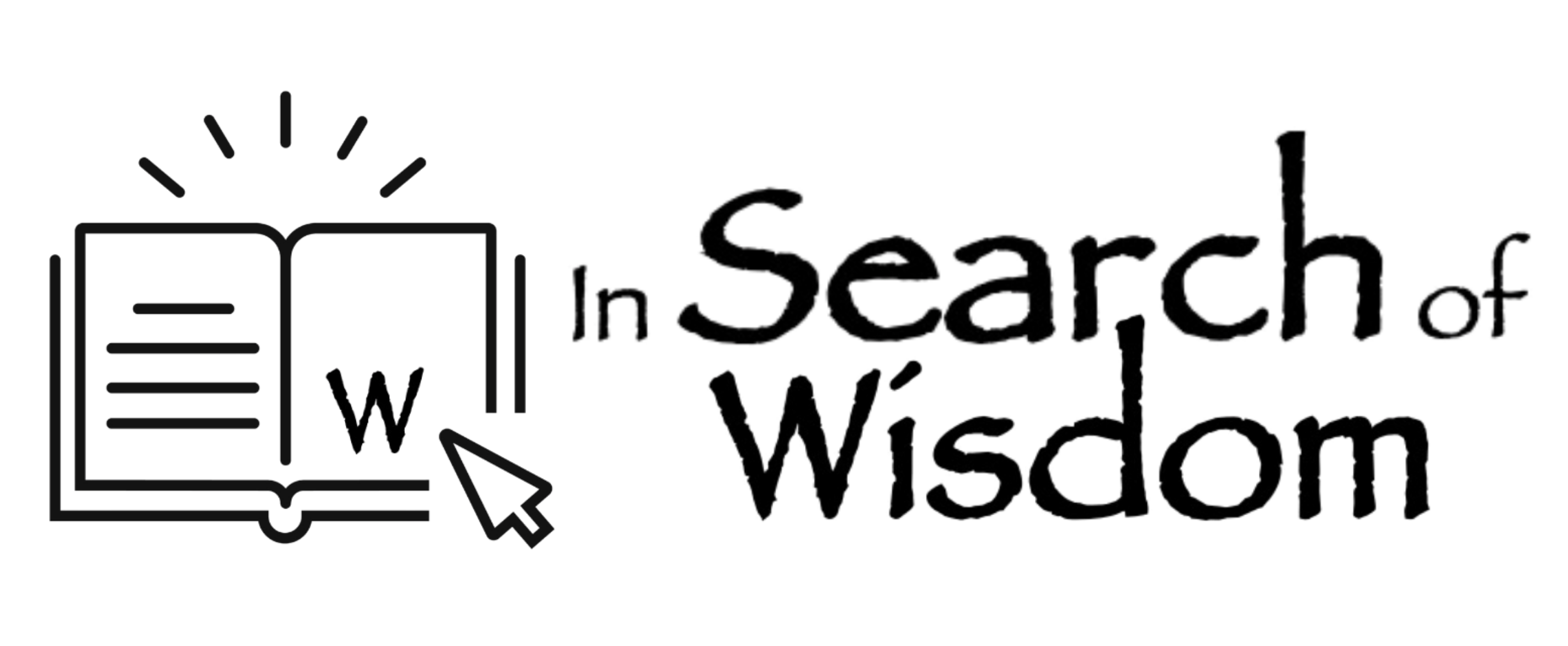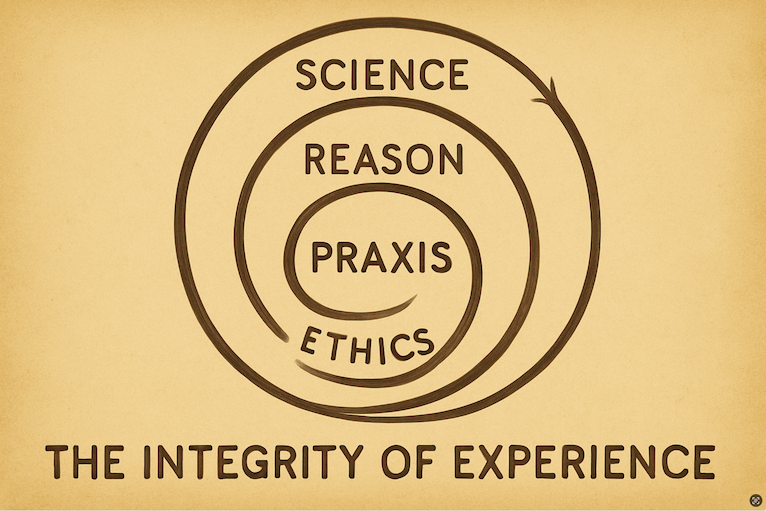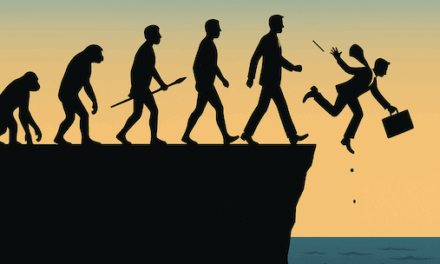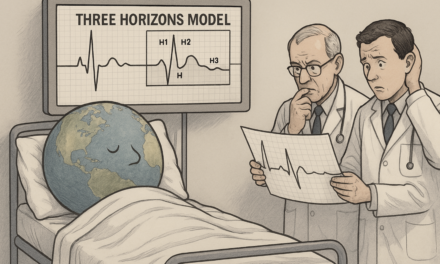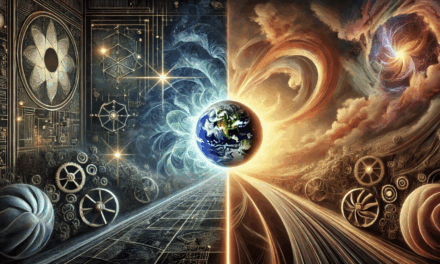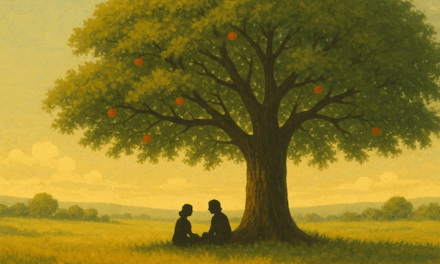This Field Note builds on themes from my evolving worldview, which I’ve recently summarised here: My Philosophy. It explores how I understand the sacred—without requiring supernatural beliefs—and why praxis, reflection, and relational integrity matter in these urgent times.
“We do not learn from experience … we learn from reflecting on experience.” – John Dewey (as quoted by my friend Mark Winter in his new book, “Deciding-Matters”)
1. A Trigger, A Response
This field note began with two posts on Substack by Angell Deer.
The first one I read, She Was Never an It, stirred something alive in me. I loved the reframe:
“The Earth is not in crisis. We are. She knows how to survive extinctions. She’s done it before. She can do it again.”
It reminded me of the sacredness of Earth and of how language shapes our experience of relationship.
Then I read a second post, Walking the Spiral: An Animist Reframe. I felt excitement—but also discomfort.
The excitement came from the reminder of reverence, embodiment, and relationality. The discomfort came from something deeper and harder to name: a sense of nostalgia, a turning back, and an ontological framing I don’t share—one that leans on supernatural entities and charisma packaged for monetisation.
2. A Spiral That Never Reverses
A simple image I’d seen recently helped clarify my discomfort: a spiral viewed from the side looks like a circle, but from another angle it’s clearly moving forward.
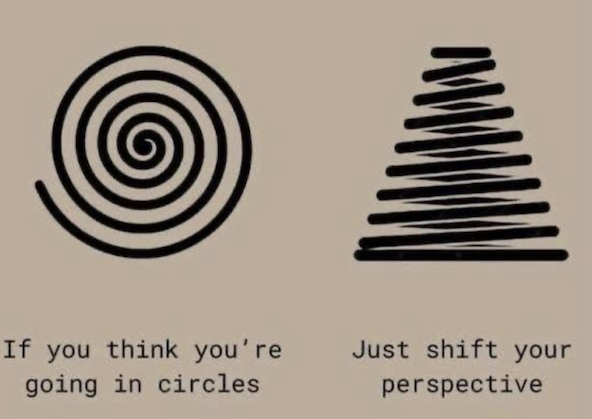
That image resonated deeply because I have a rooted, intuitive sense that the spiral never reverses direction:
- 13.8 billion years of cosmic evolution demonstrate that complexity, novelty, and life itself emerge irreversibly.
- Complexity science tells us systems are path-dependent—you can’t “return” to a previous state and expect the same outcomes.
- Bergson spoke of “time’s arrow” and the passage of time as creative and irreversible, unlike Newton’s mechanistic clockwork world.
This is why any proposal to “go back to the old ways” triggers something in me. It feels like an attempt to flatten the spiral into a circle, ignoring both complexity and evolution’s trajectory.
3. Sacred, Mysterious … but Not Supernatural
Another distinction became clearer as I sat with this:
- I have no hesitation in naming reality as sacred and mysterious.
- But I do not see supernatural entities as part of how the world actually is.
For me, the sacred is not a reversal to pre-scientific cosmologies, but an orientation to life’s mystery as it actually presents itself. This is an orientation open to science, relational knowing, and meaning-making—without adopting doctrines that conflict with evidence and experience.
So, while animism offers gifts—relational awareness, reverence, rootedness—it also sometimes carries ontologies I can’t inhabit. My task is discernment: to take what nourishes without stepping back into a worldview that violates what I understand about how life works.
4. Narrative, Not Abstraction
Initially, I tried to generalise my reactions into abstract explanations. That created its own discomfort, as if I was reducing living experience to a tidy concept.
The insight that emerged surprised me:
Clarity often comes from narrative, not generalisation.
The diagrams I created along the way helped—but only as records of a particular journey, not as universal maps for anyone else.
5. Maps as Records of a Journey
Four Movements Framework
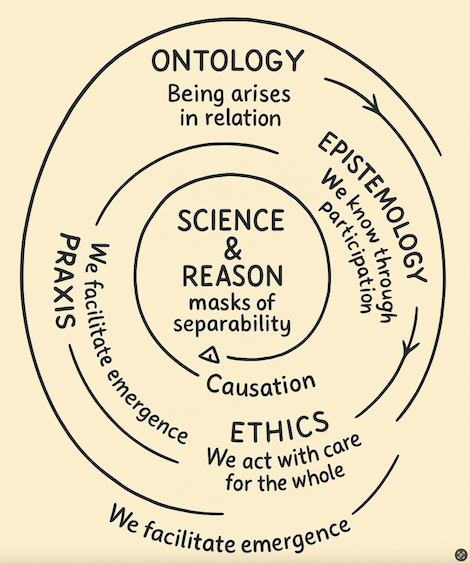
Ontology (Being) → Epistemology (Knowing) → Ethics (Valuing) → Praxis (Doing)
“We facilitate emergence, compost dying patterns, and nurture new ones.”
Science and reason provide essential tests for any theory or philosophy—yet they are masks, not reality itself. They reveal patterns and predict outcomes, but when mistaken for the whole of reality, they risk obscuring the relational and emergent nature of life itself.
Science & Reason as Tools Serving Wisdom
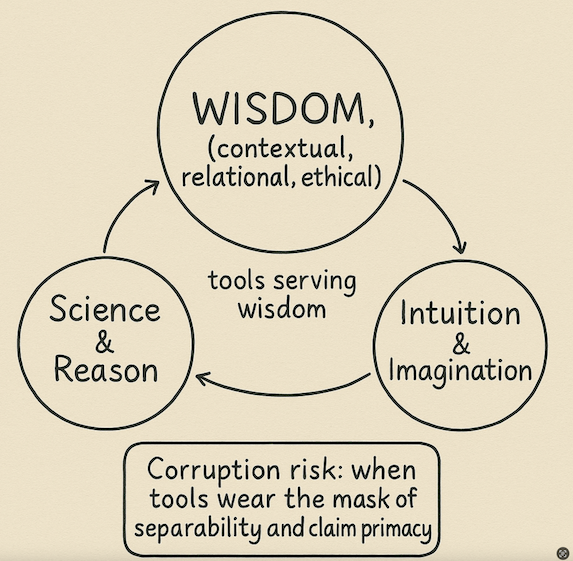
Science and reason are masks of separability—powerful servants but dangerous masters if mistaken for reality itself.
Animism & Meta-Relational Practice
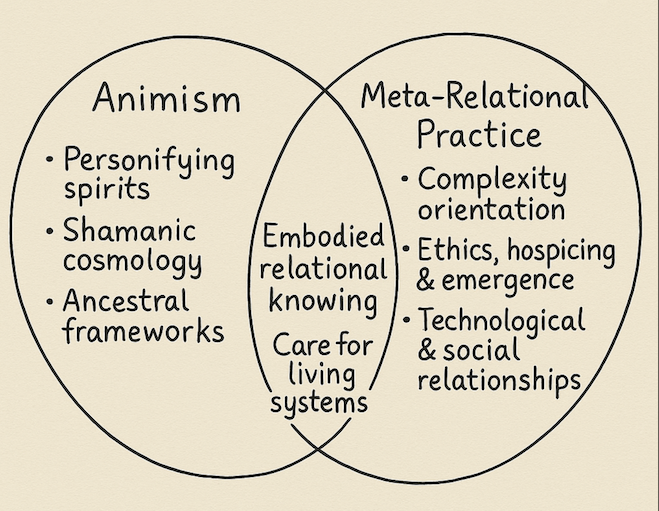
Where animism and meta-relational practice overlap (embodied relational knowing, care for living systems) and where they diverge (cosmology vs complexity ethics).
These maps still feel useful, but they are snapshots of this journey, not prescriptions for others.
6. Praxis: Where Emergence Happens
As Mark Winters reminded me through John Dewey’s words:
“We do not learn from experience … we learn from reflecting on experience.”
This is the essence of praxis—the meeting place of experience and theory where reflection happens. Praxis is what turns lived experience into insight, and insight into patterns of action that lead to something new: emergence.
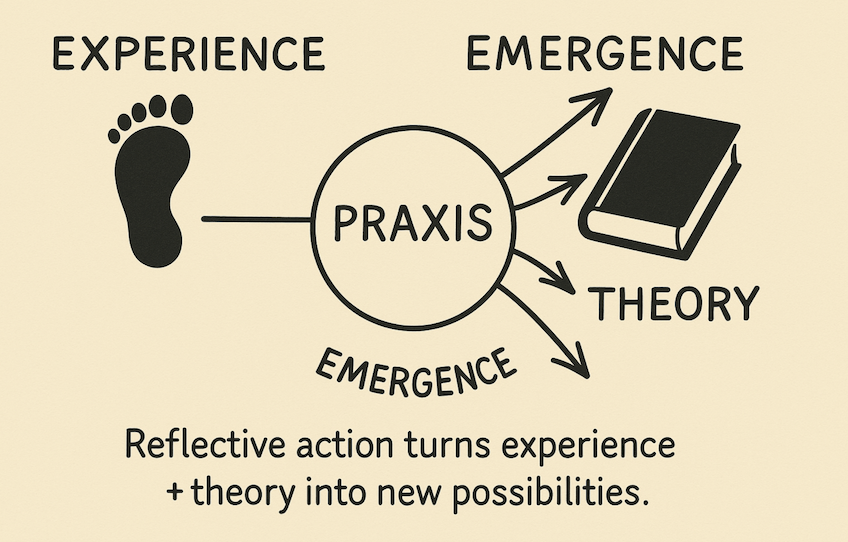
It’s where abstract thought finds its grounding, and lived experience gains meaning beyond the moment. Without praxis, we risk repeating old patterns or clinging to theory without change. With praxis, experience and reflection become sources of life-giving novelty.
7. Learning Through Reflection
This whole reflection has been an act of praxis for me:
- Clarifying why nostalgic framings don’t resonate: the spiral never reverses.
- Distinguishing between the sacred and the supernatural.
- Recognising that clarity is often narrative-first, with maps as supporting traces rather than starting points.
- Seeing praxis as the active bridge between experience and theory, where emergence happens.
This feels like movement along the spiral: forward, rooted in experience, reflective, and open to what’s next.
Closing Thought
The wisdom I’m drawn to is relational, lived experience in the light of all available sources of meaning—sacred and mysterious, yes, but not dependent on unsubstantiated doctrines or turning back the clock.
As the spiral moves forward, so do I.
Terry Cooke-Davies, assisted by Aiden Cinnamon Tea
2nd August 2023
If you’d like to see what underpins reflections like this one, I’ve outlined my guiding principles here: My Philosophy. It’s the context for my Field Notes, essays, and experiments in living a relational life.
